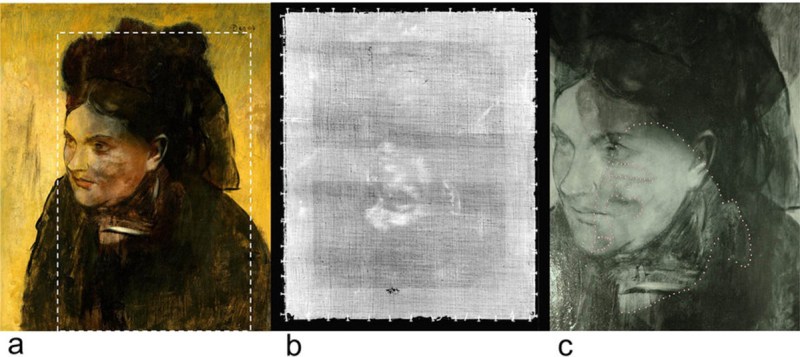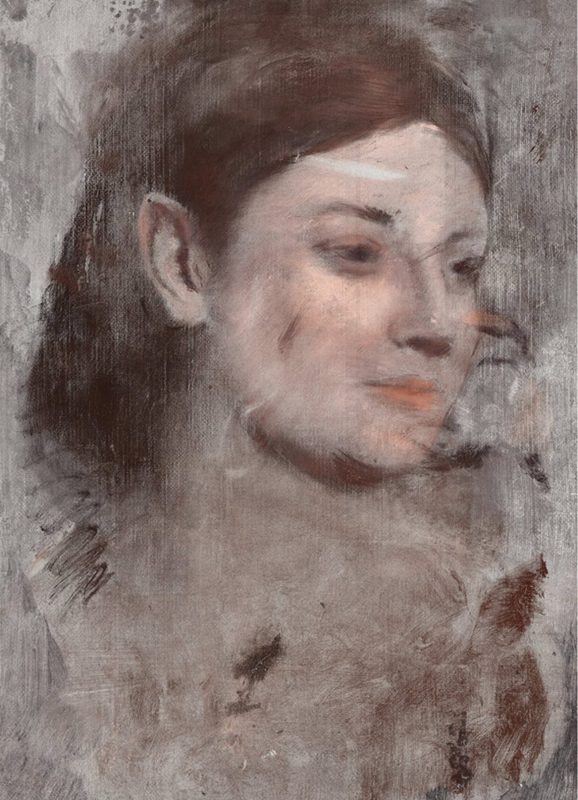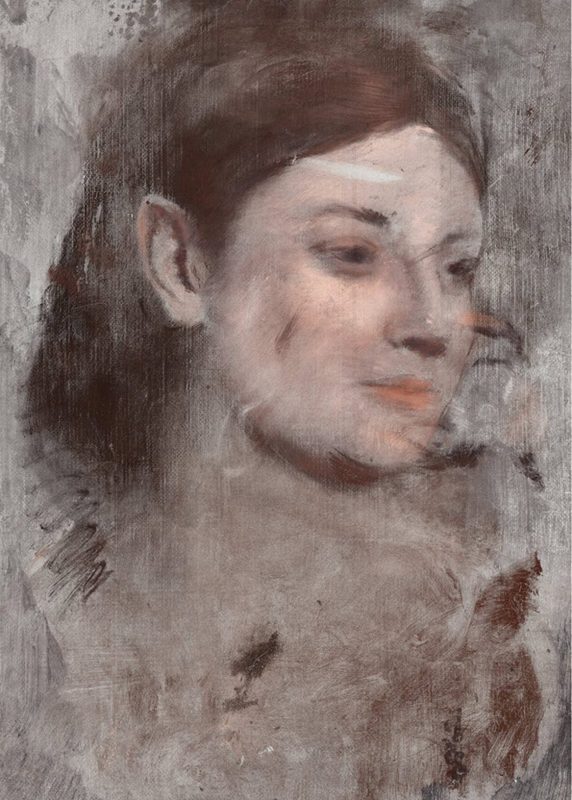
Great art always offers us something new to discover. That is literally the case with French Impressionist Edgar Degas’ Portrait of a Woman. Although Degas died in 1917, an undiscovered work of the impressionist’s started to emerge in 1922. It seemed that he had painted over an underlying portrait—using surprisingly little pigment to hide the original work—and that led Portrait of a Woman to begin slowly revealing a different woman altogether.

Over the years, this other face emerged, though experts couldn’t see it clearly until the the Australian Synchrotron research facility used x-ray fluorescence elemental mapping to fully uncover it. (This technique allows researchers to scan for the individual elements, such as iron, zinc and copper, to help determine different paint colors.) By creating and layering together elemental maps, art experts were able to see the woman beneath, who they believe to be Emma Dobigny, one of Degas’ favorite models, whom he used from 1869 to 1870.
To read more about the painting and this new x-ray technique, click here.
This article appeared in an InsideHook newsletter. Sign up for free to get more on travel, wellness, style, drinking, and culture.





















